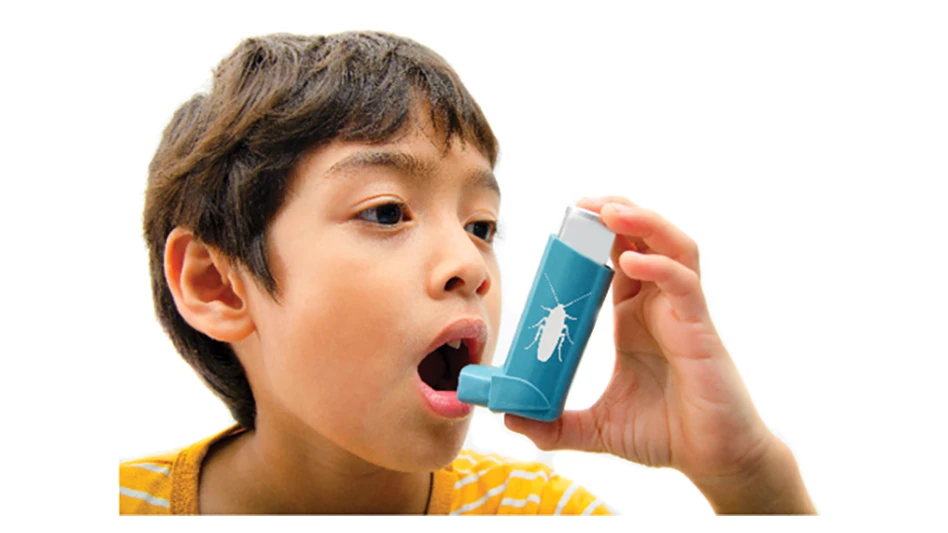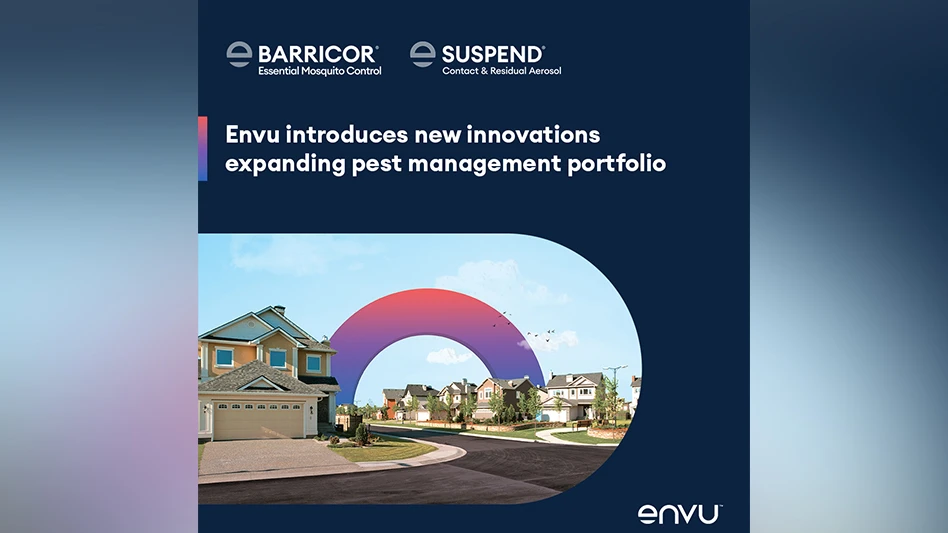 A large, popular pet supply company was getting slammed by animal rights groups for using glueboards in their stores. They wanted me to design a humane mousetrap that could keep mice alive and happy until they could be collected by a PMP, at which time they could be humanely euthanized. It was a perfect grad school research project for a student like me. The project was funded by a large pest control company.
A large, popular pet supply company was getting slammed by animal rights groups for using glueboards in their stores. They wanted me to design a humane mousetrap that could keep mice alive and happy until they could be collected by a PMP, at which time they could be humanely euthanized. It was a perfect grad school research project for a student like me. The project was funded by a large pest control company.
The undertaking involved extensive reading about rodent biology, behavior, vector ability, etc., and was going to require, among other things, adequate nesting material and food with enough moisture content for the mice to get their water. I was going to work with wild mice placed singly in Tin Cats to get a baseline for survivability.
I was told, erroneously, that because I was observing wild rodents, and not "experimenting" with them, I didn't need to get an animal research permit. That, I was told, was for lab mice, and they were very expensive. What's more, I was told, I didn't need lab mice, I needed wild mice. Made sense.
I completed the initial stages of my project. I had selected my products — a high-density seed biscuit, mouse kibble and Detex Blox for the food trials; and Nestlets, high-density cotton fiber pads and small animal litter for the nesting materials. I also planned to use clear-topped Tin Cats so I could view the mice without bothering them. I had the prime source for mice: a local hog farm.
Accusations and Setbacks. I set out half a dozen Tin Cats around the interior of the building. The next day I caught a bunch of mice. The following day, however, I learned that I was being called in front of the university's animals ethics board for "being cruel to animals." Apparently someone told them that I was going to starve mice for 30 days and then drown them. I was told my research was on immediate hold, and I would not be allowed to do my project.
It was an absurd accusation. Why would I, an animal lover, starve mice for 30 days and then drown them? And would I, a scientist, find any value in doing so? My research proposal had even spelled out major and minor signs of stress and said I would release the animals back into the wild should they get stressed. I didn't want to kill anything. So, I wrote to the board (I was not allowed into their meetings) that I was NOT going to be starving mice nor drowning them. I explained how I was trapping, how I was separating, how I was handling, how I was judging stress, how I determined moisture levels, etc.
A month later, the board met. It was not good news. No one saw the irony in my efforts to design a happy home for mice and someone had the audacity to say I was going to torture them.
The board met once a month for the next six months coming up with questions and wild demands (including having a veterinarian on call in case a mouse got sick). It was ironic to me that we were dealing with wild vermin. I could, with no consequence, trap and kill them legally. I was going to free them if they got stressed or when the project was completed. I could, if I wanted, trap them in a Tin Cat and leave them to die. But that is the exact opposite of what I was planning to do.
Every time I received one of the board's letters (they did not phone or meet with me or suggest any other way to try to help move things along), I tried hard to meet their demands, defend myself against their wild allegations, and still try and find time to work and go to class, study and pass my classes.
They said I should minimize stress on the animals. This goes without saying. A few months later, they told me to monitor weight loss by weighing the mice. I told them I couldn't do that because it would involve handling the mice every day, further causing them stress. They told me to measure the whole trap and subtract the weight of the trap, food and bedding. I explained to them the concept of conservation of mass: the mice eat the food and then defecate, all inside the trap. Thus, the trap will remain about the same weight (sans some moisture loss).
They took a different approach: I had to account for Hantavirus. I told them house mice do not carry Hanta. They said I should still consider it.
They even asked me to prove that a project like mine had never been done before. I futilely attempted to explain it is not possible to prove the non-existence of something. I had, however, tried to find such a project and failed at doing so.
Persistence Pays Off. Months went by and those who were paying for my schooling had asked about the humane trap. When was I going to work on it? Why wasn't I working on it now? I hadn't kept them in the dark. My first phone call was to my grant-givers, who didn't seem to appreciate the seriousness of the power of an animal ethics board.
That board forced me to take more classes on how to care for mice, asked more inane questions and in general put me through some stressful times. What made it so much worse was they only met once a month, sometimes asking me only one question. They they'd ask the same question a few months later, as if they had forgotten. Other times it would take them a month to inform me that they needed clarification on a response.
After six months, I grew tired of their shenanigans and asked our university's ombudsman for help. He suggested I go to a meeting. I told him I was not allowed to go. He called the head of the board, who repeated that I was not allowed to go, but who then flip-flopped and told me the day and time.
I arrived an hour early with a briefcase full of my prepared arguments only to find the board was already in session. I attempted to get in, was stopped and told to leave. When I started to call the ombudsman, they relented.
They asked questions. I had answers. They asked irrelevant questions. I gave them answers. They asked previously asked questions and came up with bizarre "what if" scenarios. We finally came to an agreement. I could do everything I wanted — under two conditions: First, I had to kill the mice. I did not like this condition but agreed to suffocate them using CO2 introduced at a rate of 10 percent per minute.
Second, I had to check on my mice three times a day — 8:00 a.m., 8:00 p.m., and midnight. To do this, I had to work around my classes, my job, my teaching, my sleeping.
I collected 45 mice and placed them singly into Tin Cats and closed off the entrances with duct tape. I gave them different combinations of food and bedding. I then closed the Tin Cats and placed them along a wall in the piggery.
Findings and Observations. My humane mousetrap project finally led to some interesting results for the pest management industry:
- Mice supplied with Detex Blox survived an average of 28 days.
- Mice with the other two food sources lived about two weeks before dehydration.
- Mice ate more than I had projected they would eat in one month, based on how much they usually eat in one day.
- Mice that did not attempt to make a nest did not last more than a few days before showing major signs of stress.
- The type of bedding did not vary significantly in survivability, but it seemed that the mice with Nestlets at times could not figure out how to use them. Nestlets are compressed into small squares but will fluff up a lot. These were the mice that showed major signs of stress within a few days.
- The small animal bedding seemed to jam the mechanism after a while (but it was hard to tell because I had taped it closed to keep more mice from getting in), so I felt like the padding was the best choice.
In short: a Tin Cat with bedding and three or four Detex Blox could keep mice alive for weeks in a light infestation.
If I had to do it again, I would run more trials and include items such as gender and age. I would run trials with multiple mice. I would run trials in which bedding was not offered, and I would "scientifically" determine moisture content rather than relying on what the package said.
I would have kept track of the weather: a cold front came and killed several mice overnight. (However, if I hadn't been delayed for six months, there wouldn't have been a cold front.) Sometimes I want to go back and do it all correctly…then I remember that committee, and wonder if they'd have let me do it!
Victoria J. Fickle M.S., a member of the Copesan Technical Committee, has been the entomologist/technical director for Sandwich Isle Pest Solutions in Pearl City, Hawaii, for about two years. She earned her bachelor's and master's degrees in entomology and relocated to Hawaii after graduation to work for the Hawaii State Department of Health.
![]()
Copesan is an alliance of pest management companies with locations throughout North America. To learn more, visit www.copesan.com.
WANT MORE?
Enter your email to receive our newsletters.

Explore the September 2011 Issue
Check out more from this issue and find your next story to read.
Latest from Pest Control Technology
- How to Get Rid of Odorous House Ants
- Massey Services Promotes Herndon to Director of Sales for Multi-Family Division
- NPMA Announces First Recipients of NPMA PRO Certified Credential
- Pestmaster of the Hudson Valley Acquires Catskill Animal Damage Control
- Photo Slideshow: Ant Identification Tips
- Video: Top 10 PCT Photo Contest Finalists
- UF/IFAS Study Reveals Boats as Perfect Vessels for Global Termite Spread
- Pest Control Consultants (Iowa) Earns Pinnacle Performance Award





